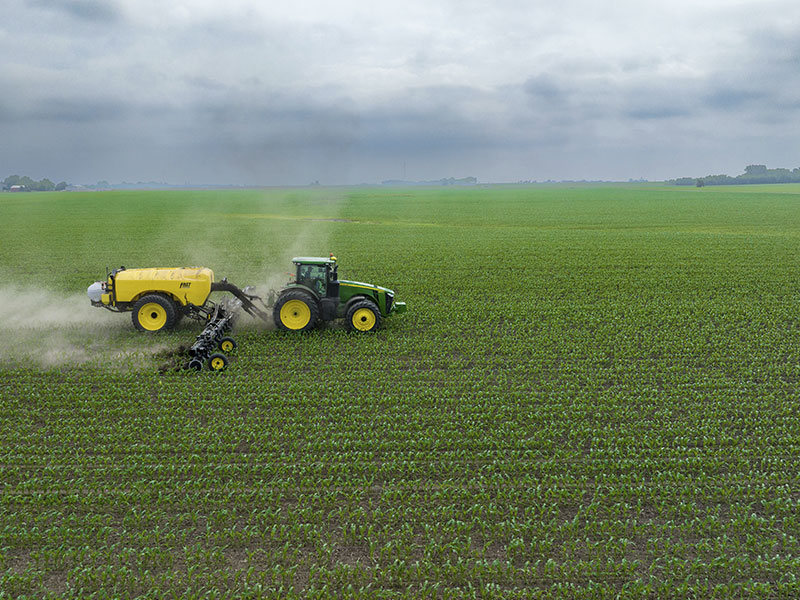Evaluation of NPK recovery potential from TORWASH®-treated paper sludge, waste olive pomace and fruit & vegetable waste
Submission of the preliminary results for the potential of nutrient recovery from the solid and liquid fractions of the TORWASH ®treated feedstocks
The University of Hohenheim have submitted their report on the potential for the extraction of nitrogen, phosphorous and potassium (NPK) from the solid and liquid fractions of the paper sludge, olive pomace and orange peel feedstocks processed by the TORWASH® reactor and Limburg Filter dewatering technology during the F-CUBED pilot tests.
The treated feedstocks showed specific nutrient content, mobility and availability, providing various potential approaches for their recovery. Paper sludge, with the highest nutrient but also heavy metal content, proved to be most suitable for struvite (phosphate mineral) recovery from both the solid and liquid fractions. However, the acid leaching approach to mobilize bound phosphate needs to be improved with respect to acid consumption, avoiding of impurities by chemical complexation and improved resuspension of TORWASH® press cakes. The production of a struvite based mineral fertilizer from the F-CUBED process has already been shown to be feasible, and the integration of nutrient recovery to the wastewater treatment step appears very beneficial to the overall nutrient recovery process, but the feasibility, cost effectiveness and other benefits need to be examined further in follow-up studies.
The TORWASH® process provided a good separation of nutrients from orange peels and olive pomace to the respective liquid fraction of the effluent. An immediate struvite precipitation is possible with these materials, but the expected yields and the purity of the fertilizers will be rather low. The high organic content of the effluents makes them an interesting option for anaerobic co-digestion, yielding additional energy, while recovering all nutrients (NPK) in the anaerobic digestate, which can then be used as organic fertilizers.
Overall, the nutrient flows suggest that any recovery strategy should be based on the liquid effluents. However, the high content of phosphate in the paper sludge solid fraction shows that it is also an appropriate means for phosphate recovery with potential fertiliser applications or for recycling back into the paper making process.

